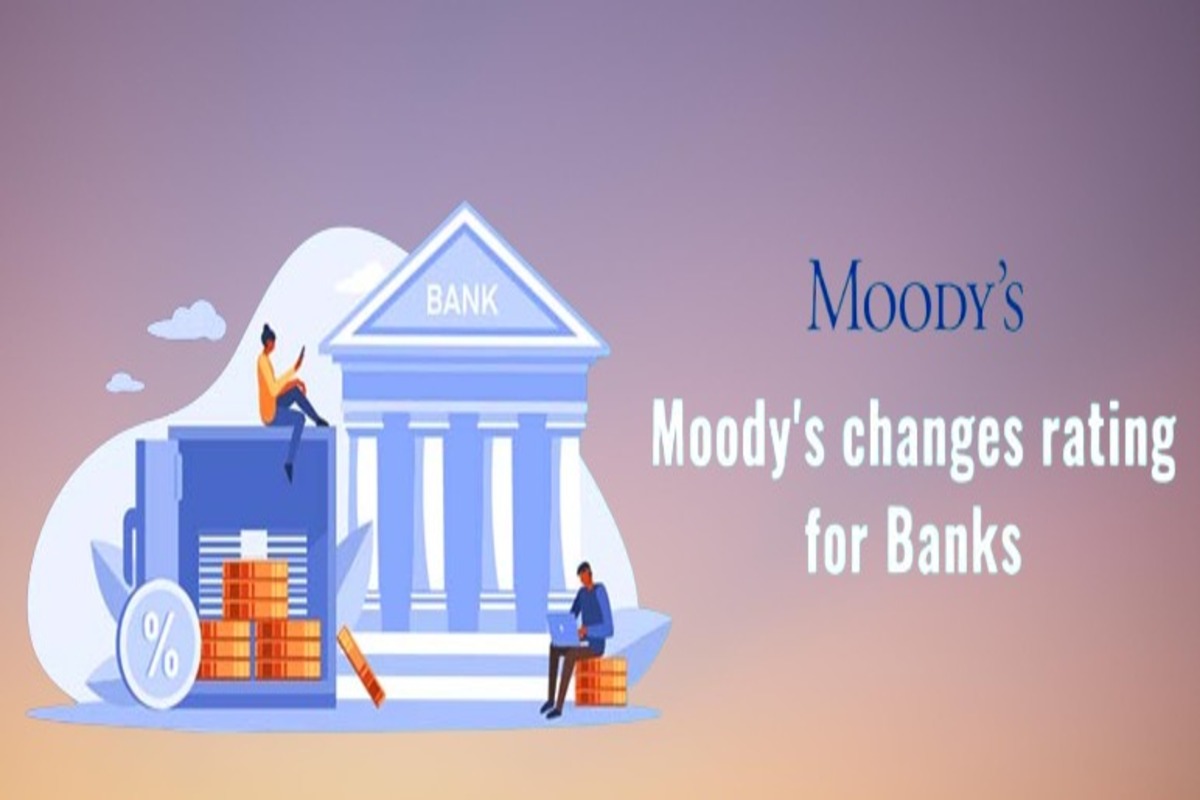Moody Rating Shifts: On Monday, Moody’s, which rates banks, changed the credit ratings of a few smaller U.S. banks. Financial parallels signaled that some of the nation’s best lenders may earn lower ratings. As the industry prepares for a test on financing and poor earnings, it raised questions about its credit.
Moody’s strategically lowered ten institutions’ ratings, tweaking each notch in the vast financial globe. There was still a more powerful climax. It evaluated six large banks, including Bank of New York Mellon, US Bancorp, State Street, and the enigmatic Truist Financial. They may be demoted.
Moody’s comprehensive banking. The poor second-quarter results made the tale unhappy. Making enough money might hinder the company’s investment.
This eerie economic image occurred amid a 2024 U.S. recession foretold in the early morning fog. When people began investigating things, they discovered a significant quality issue with what we had. CRE assets worry banks. They’re most vulnerable.
CRE exposures were greater and riskier, like tightrope gymnastics without safety precautions. Interest rates were high, many individuals worked from home, and commercial real estate financing was scarce, making the financial situation bleak.
Moody’s shuffled their prediction deck and displayed eleven cards with a dire prognosis. Famous corporations Capital One, Citizens Financial, and Fifth Third Bancorp are struggling financially.
Silicon Valley Bank and Signature Bank’s underperformance caused major issues. People panicked and withdrew their money when U.S. banks lost trust. The administration acted rapidly to restore confidence.

Read More: Slemco Power Enhancement: Sugar Mill Pond’s Power Amidst Extreme Heat
In the financial decision-making caverns, Moody’s voice was cautious. In the present high-rate environment, banks with hidden losses were struggling.
This enormous thing came onstage as the economy deteriorated. The Federal Reserve, which controlled this economy, rapidly raised interest rates. The Federal Reserve’s fastest pace in years changed people’s spending and borrowing habits.
These sudden rate hikes sparked fears of a recession. Real estate and other businesses struggled to achieve equilibrium following the epidemic.
In a recent segment, a Federal Reserve study showed that credit regulations were tightening, and everyone felt relieved as borrowing choices decreased. Bank-using firms and people had trouble getting loans last quarter.
Morgan Stanley’s crystal ball revealed that fewer consumers would request loans. Every note was softer than before.
Fitch, a rating agency, wrote a line for this poem. It purposefully downgraded the U.S. The faltering economy, weakened by three years of debt limit talks, was blamed for this catastrophic downturn.
Moody’s has downgraded M&T Bank, Pinnacle Financial Partners, Prosperity Bank, and the mysterious BOK Financial Corp. Everyone has a fresh credit story and is ready for a changing economy.
Our Reader’s Queries
How often does Moody’s update ratings?
Credit ratings are closely monitored and reviewed regularly. Sovereign ratings are reviewed every six months, while all other credit ratings are reviewed at least once every twelve months. This ensures that our assessments are up-to-date and accurate, providing our clients with the most reliable information possible.
How do Moody’s ratings work?
When Moody’s assigns credit ratings, they take into account a range of factors. These can include financial ratios, cash flow, debt levels, market position, industry trends, regulatory environment, geopolitical factors, and management quality. By considering all of these elements, Moody’s is able to provide a comprehensive assessment of a company’s creditworthiness.
What are the different Moody ratings?
Moody’s credit ratings classify investments into different categories based on their credit risk. The highest quality and lowest credit risk investments are rated as Aaa, while those with the best ability to repay short-term debt are rated as Prime-1. Aa1 investments are also considered high quality with very low credit risk. Overall, Moody’s credit ratings provide valuable information for investors looking to make informed decisions about their investments.
What does P mean in moody rating?
Prime-1 ratings indicate an exceptional capacity to repay short-term debts. Prime-2 ratings indicate a robust ability to repay short-term debts. Prime-3 ratings indicate a satisfactory ability to repay short-term debts.

